Europe stands as a treasure trove of history, culture, and architectural wonders that have captivated travelers for centuries. The continent’s diverse cities offer glimpses into different eras, from ancient civilizations to medieval kingdoms to renaissance revivals, often all within the same urban center.
For those crossing the Atlantic for the first time, the wealth of options can seem overwhelming, yet certain European destinations consistently prove ideal starting points for newcomers to the continent. These gateway cities typically combine accessibility, tourist-friendly infrastructure, iconic landmarks, and enough English speakers to ease communication barriers for American visitors.
They serve as perfect introductions to European travel without overwhelming first-timers with extreme cultural differences or logistical challenges. Here is a list of 18 European cities that provide ideal entry points for those taking their inaugural journey across the Atlantic.
Paris
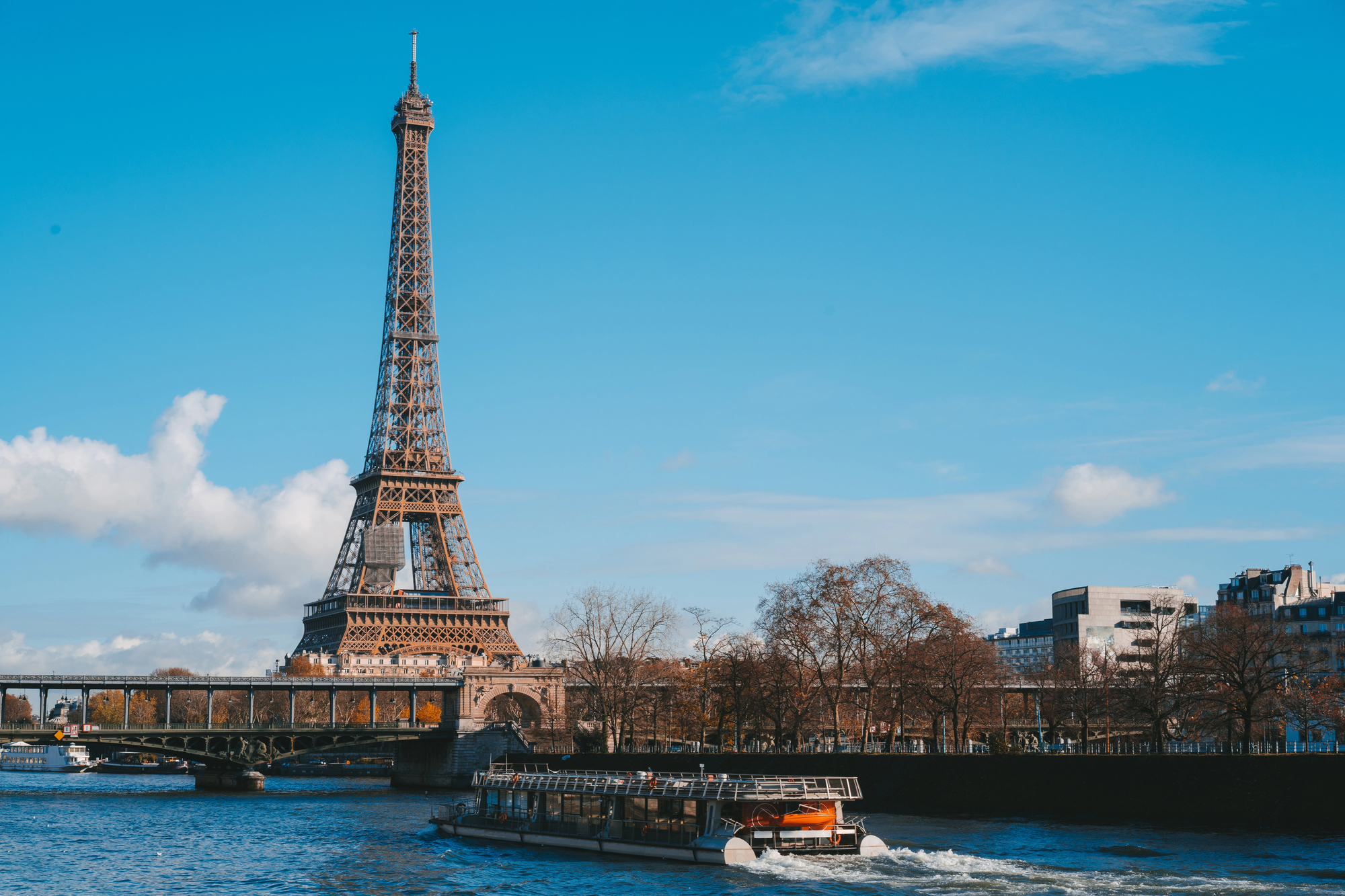
The City of Light delivers on its romantic reputation with iconic landmarks like the Eiffel Tower and Notre Dame Cathedral set against a backdrop of elegant Haussmannian architecture. First-time visitors find comfort in the city’s excellent tourism infrastructure, including the efficient metro system that connects major attractions and the museum pass that allows visitors to skip lines at popular sites.
The central arrondissements offer walkable neighborhoods where even getting lost becomes a pleasant adventure among charming cafés, boutiques, and hidden gardens.
London
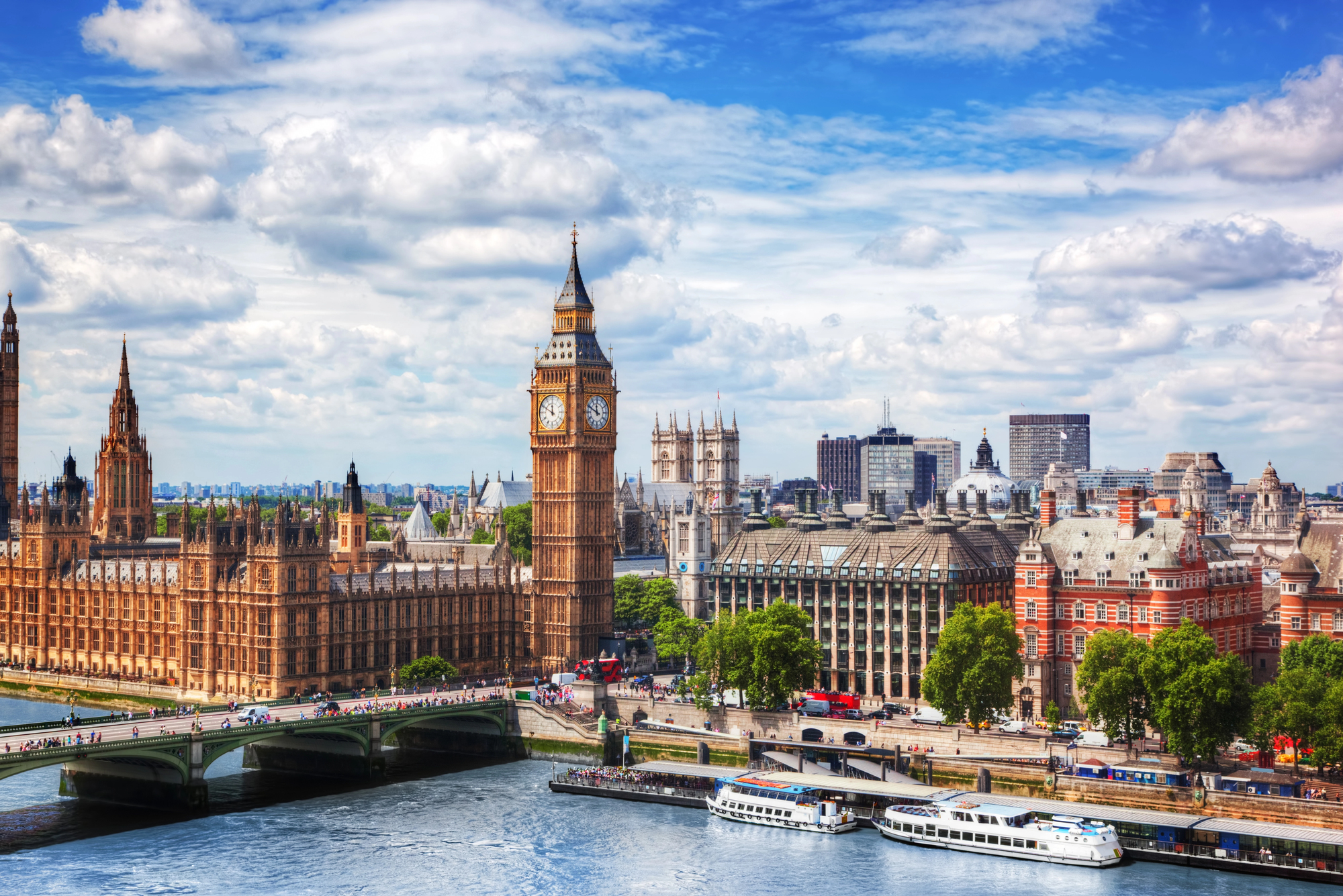
Familiar language combines with centuries of history in this global capital where ancient Roman walls stand alongside futuristic skyscrapers. The comprehensive public transportation network makes exploring straightforward, while free entry to world-class museums like the British Museum and National Gallery stretches travel budgets.
First-time visitors appreciate how walkable central London remains, with many major sights concentrated along the Thames River, creating natural sightseeing routes through Westminster, Southbank, and the City.
Rome
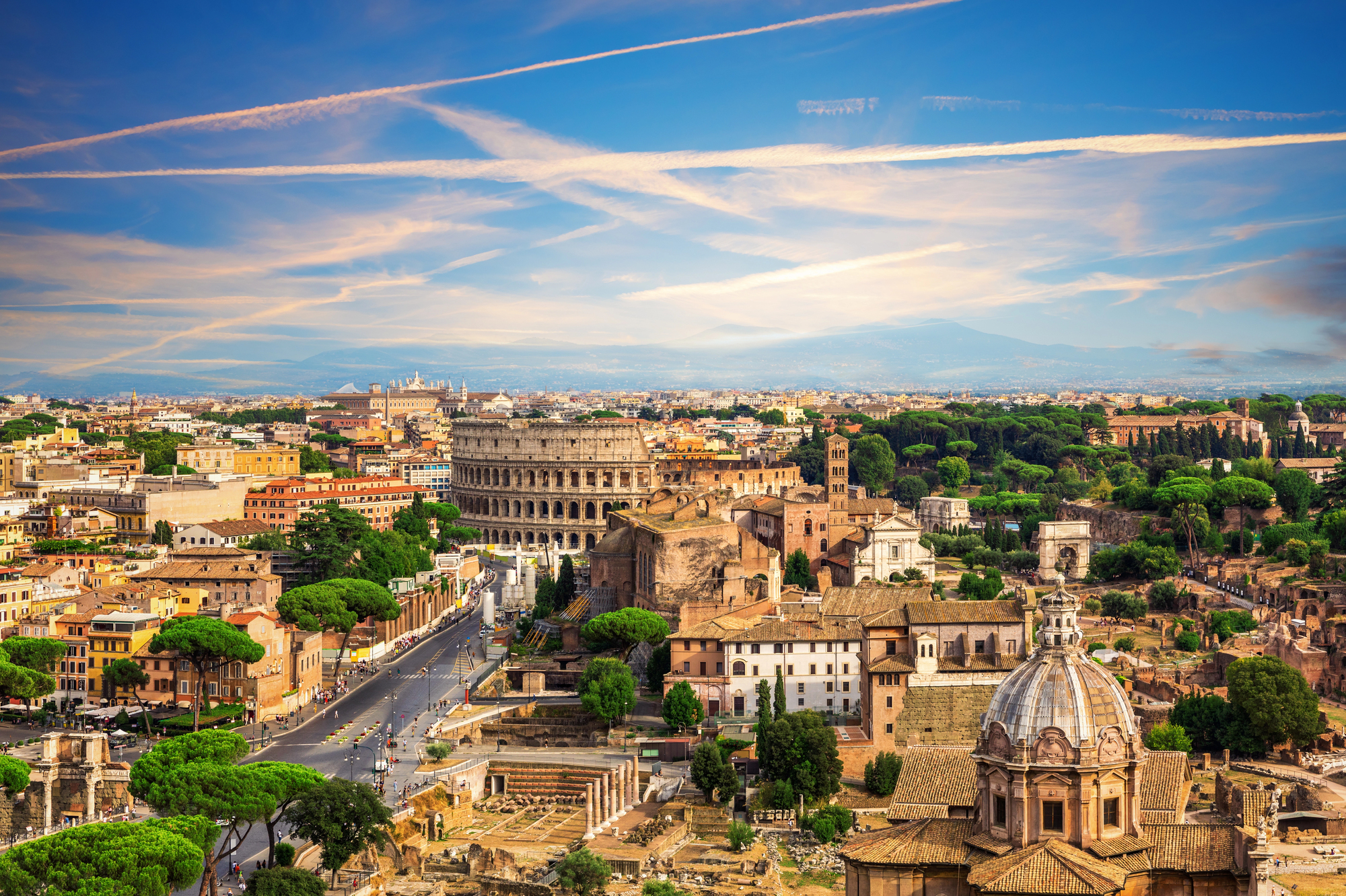
Ancient history emerges around every corner in the Eternal City, where ruins of the world’s greatest empire form the backdrop to everyday life. The compact historic center allows visitors to walk from the Colosseum to the Spanish Steps in a single day, with countless gelato stops and piazza breaks along the way.
Vatican City provides an added dimension with St. Peter’s Basilica and the Sistine Chapel showcasing religious art masterpieces that impress believers and non-believers alike.
Like Travel Pug’s content? Follow us on MSN.
Barcelona
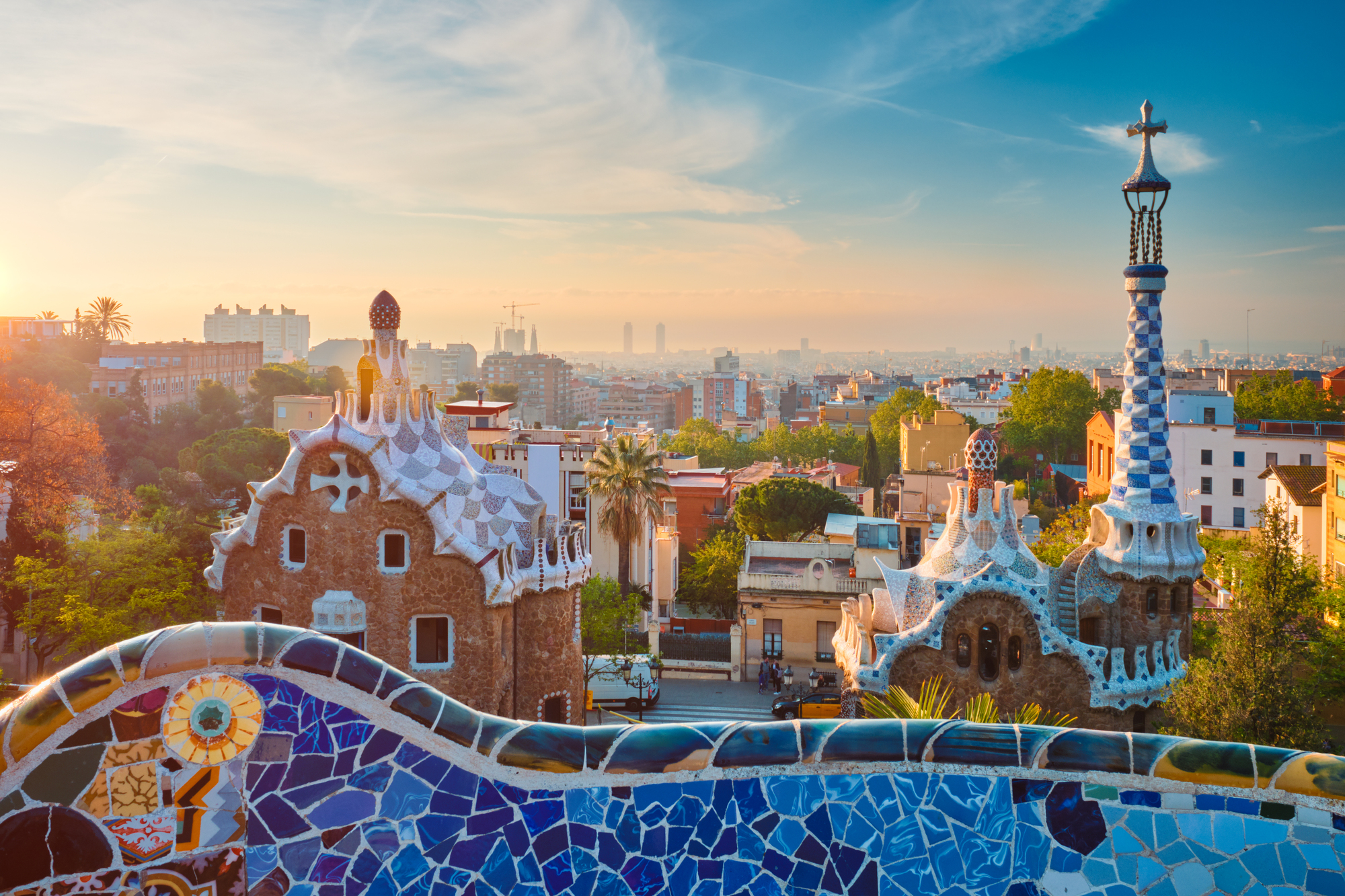
Architectural whimsy defines this Mediterranean city where Antoni Gaudí’s fantastical buildings create a dreamlike urban landscape unlike anywhere else in Europe. The logical grid layout of the Eixample district makes navigation simple for newcomers, while the beachfront provides relaxation opportunities rare in major European cities.
The balance of historic Gothic Quarter alleyways with broad, modern boulevards offers first-time visitors a perfect introduction to Spain’s unique cultural identity.
Amsterdam
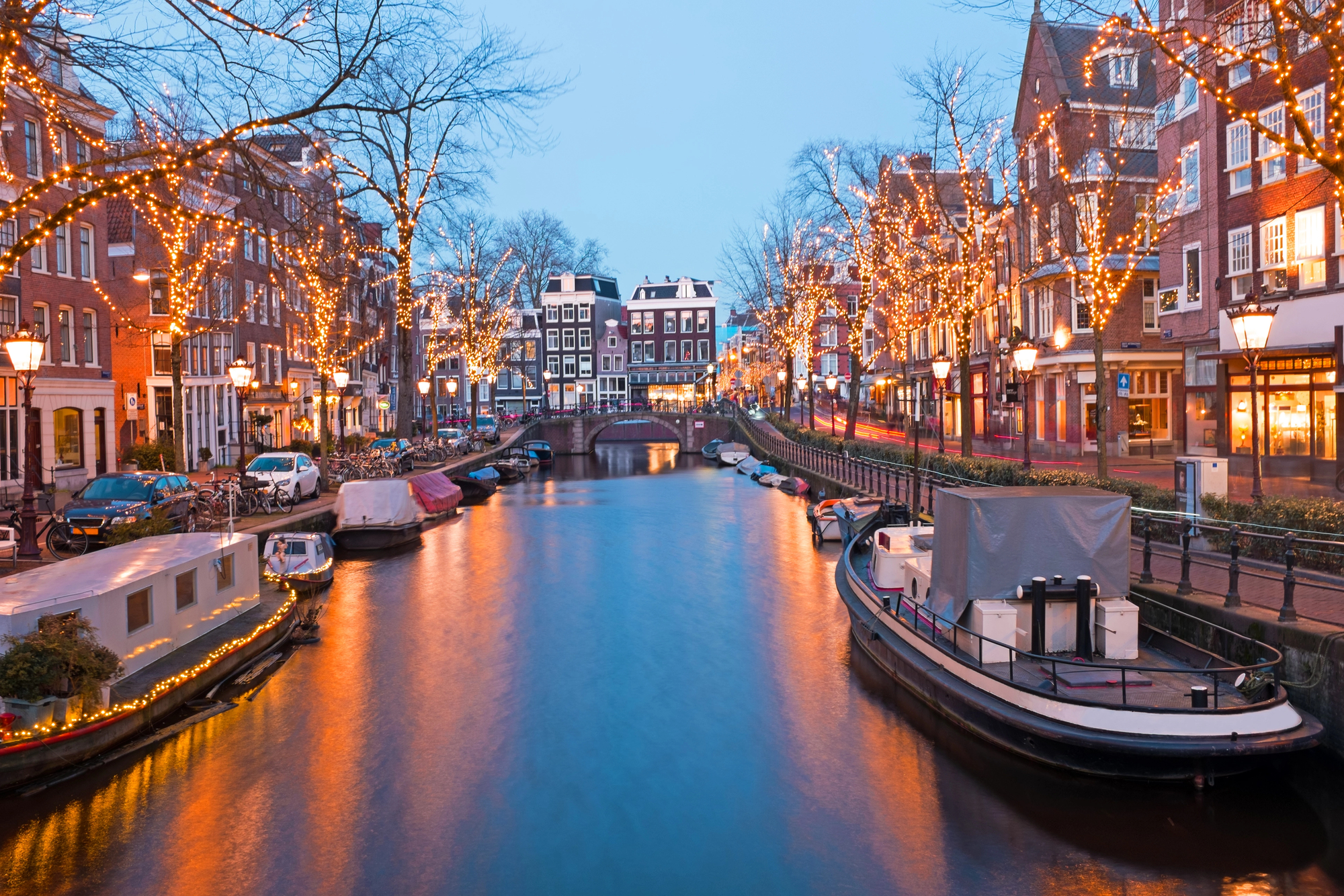
Picturesque canals lined with narrow gabled houses create postcard views at every bridge crossing in this remarkably preserved 17th-century city center. The compact scale and excellent English proficiency make Amsterdam exceptionally navigable for first-timers, while world-class museums like the Rijksmuseum and Van Gogh Museum satisfy cultural interests.
Bicycle culture dominates the city, offering visitors an authentic local experience when they rent bikes to explore beyond the central canal ring.
Vienna
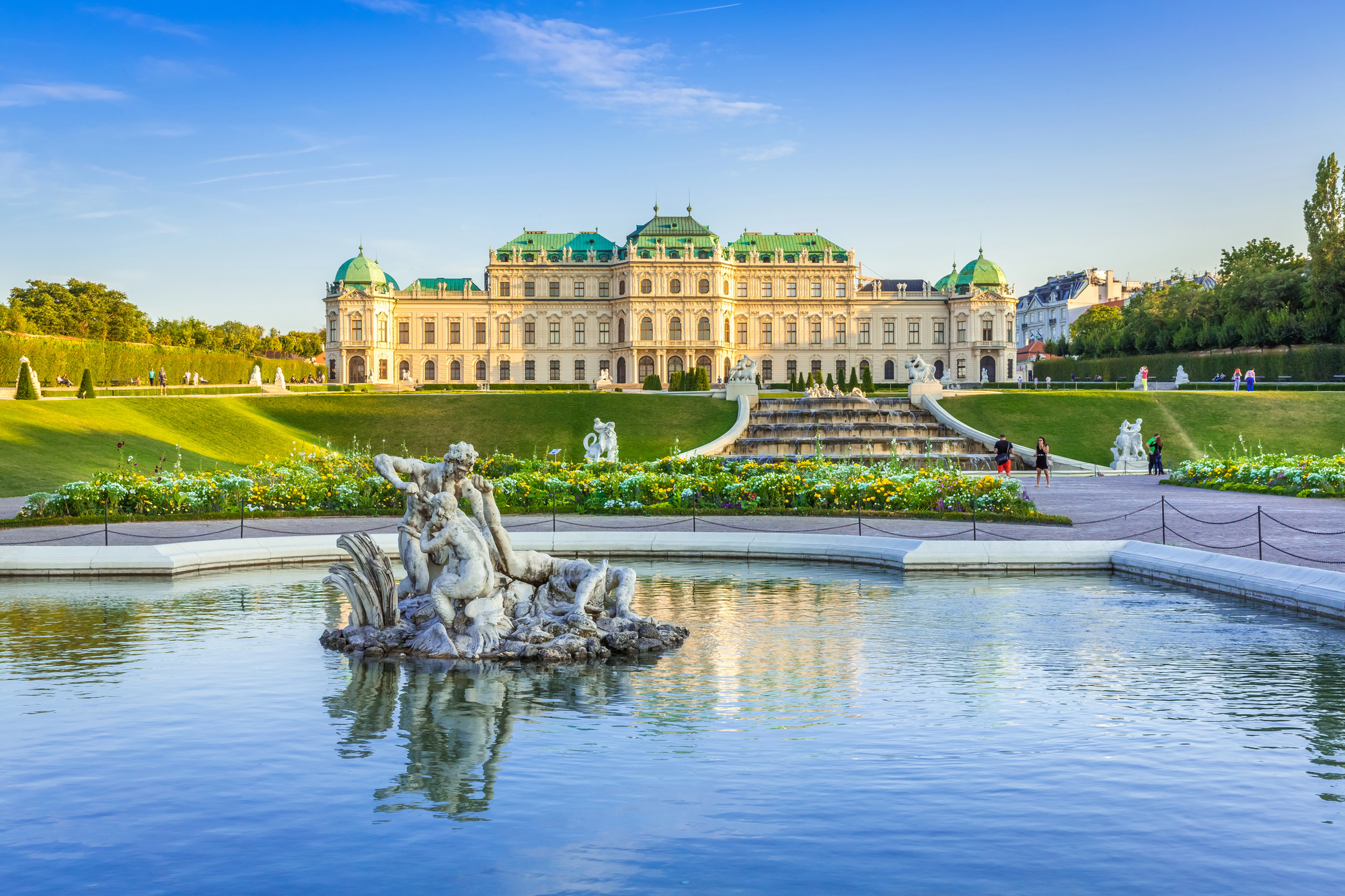
Imperial grandeur remains palpable in the Austrian capital, where Habsburg palaces and elegant coffee houses maintain traditions dating back centuries. The efficient public transportation system connects major sights seamlessly, while the pedestrianized city center welcomes leisurely exploration between architectural masterpieces.
Music lovers find special resonance in this city of Mozart and Strauss, with opportunities to experience world-class performances in historic venues nearly every night.
Like Travel Pug’s content? Follow us on MSN.
Prague
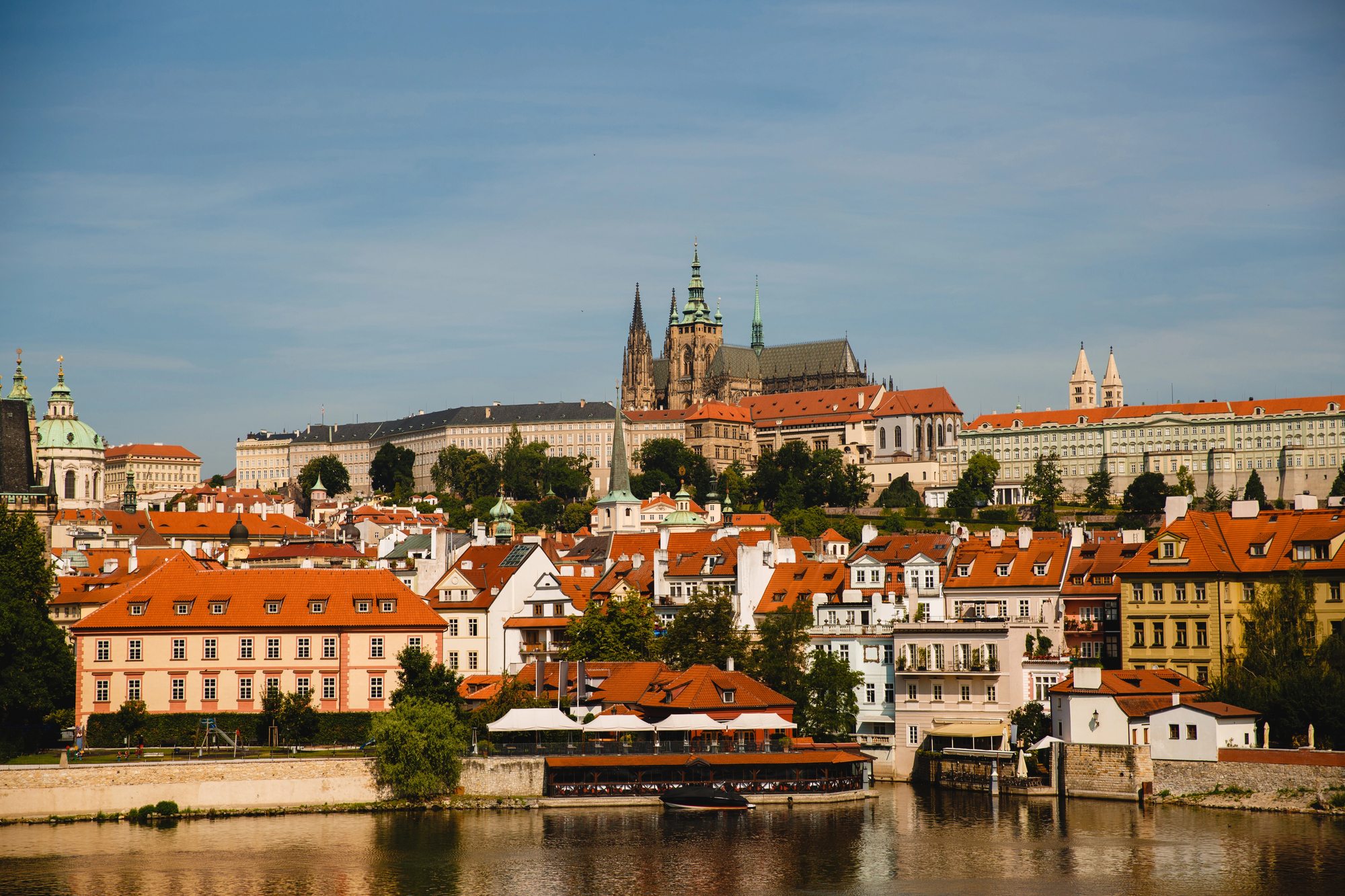
Fairytale architecture survived the 20th century remarkably intact in this Czech capital, where Gothic spires and baroque domes create a skyline straight from a storybook. The compact Old Town and Lesser Quarter, connected by the statue-lined Charles Bridge, allow first-time visitors to see major landmarks without complicated transportation.
Affordable prices relative to Western European capitals make Prague an excellent value for travelers wanting to experience historic European ambiance without breaking their budget.
Florence
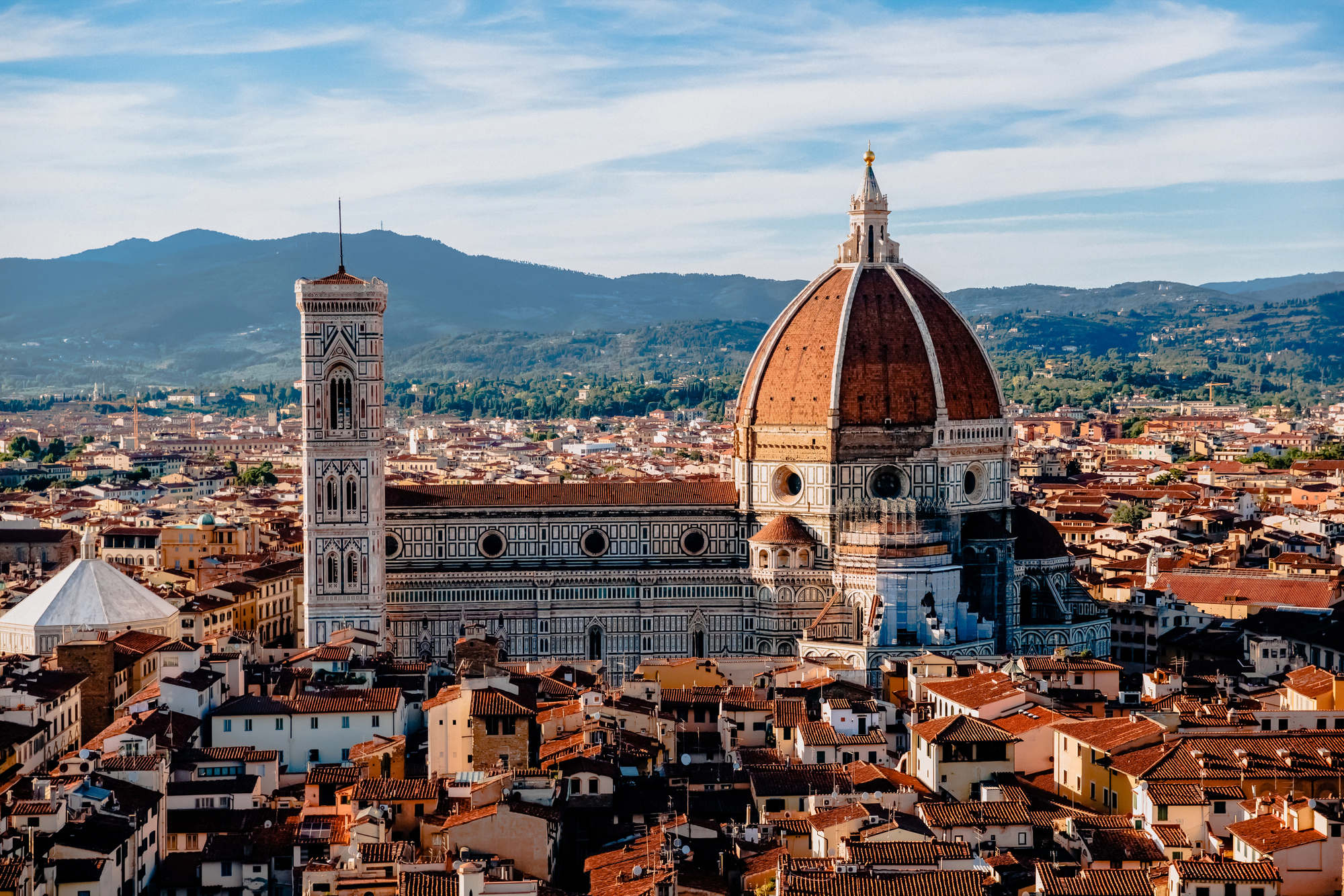
Renaissance art and architecture reach their pinnacle in this Tuscan city where Michelangelo’s David and Brunelleschi’s dome stand as testaments to human creative genius. The pedestrian-friendly historic center places most major sights within walking distance of each other, creating a natural flow between the Duomo, Uffizi Gallery, and Ponte Vecchio.
Surrounding hills offer iconic viewpoints of the red-tiled cityscape, while day trips to nearby vineyards introduce visitors to the scenic Tuscan countryside.
Dublin
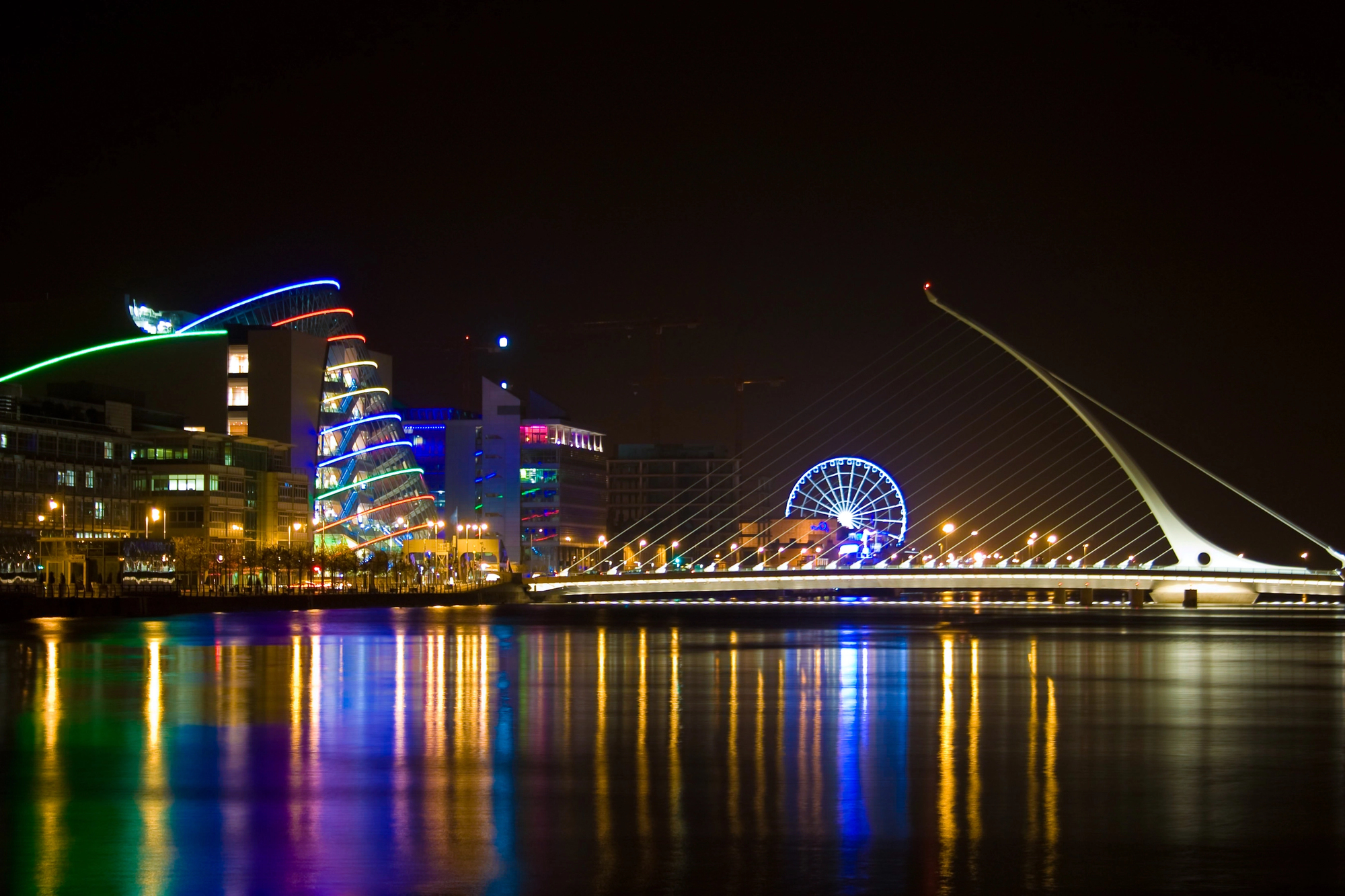
Literary heritage and legendary hospitality define Ireland’s capital, where historic pubs serve as cultural institutions as significant as any museum. The walkable city center concentrates major sights around the River Liffey, making orientation straightforward for first-time visitors exploring Trinity College, Dublin Castle, and Temple Bar.
Genuine local interaction comes easily in this English-speaking city known for conversation, creating natural opportunities for visitors to connect with residents and understand Irish culture beyond stereotypes.
Like Travel Pug’s content? Follow us on MSN.
Edinburgh
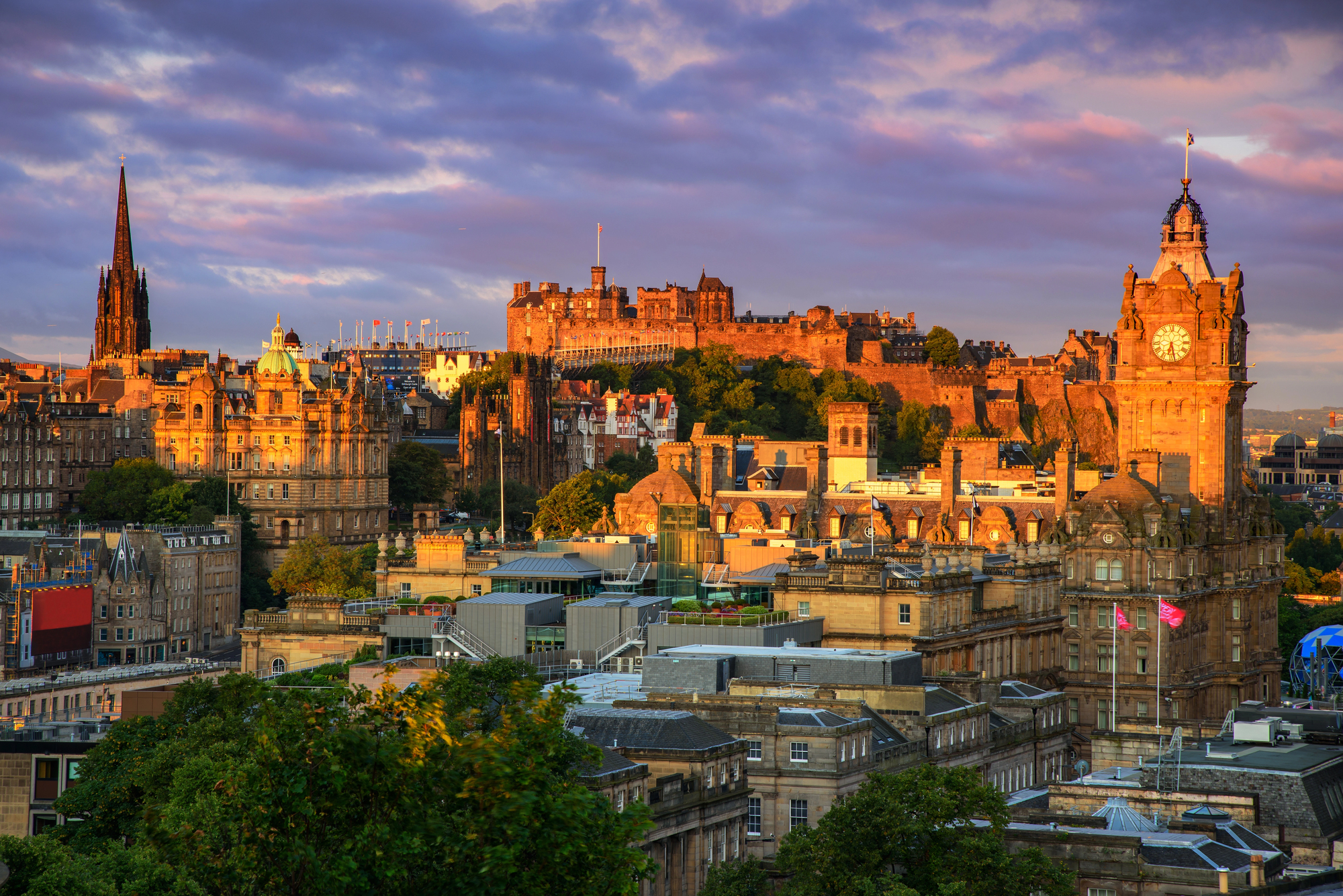
Dramatic topography splits this Scottish capital between the medieval Royal Mile and the Georgian New Town, with Edinburgh Castle crowning the rocky outcrop that dominates the cityscape. The compact historic center allows first-time visitors to explore centuries of history on foot, from atmospheric medieval closes to elegant 18th-century squares.
Festival season transforms the city each August, but Edinburgh’s literary connections, historic pubs, and ghostly underground tours provide atmospheric experiences year-round.
Copenhagen
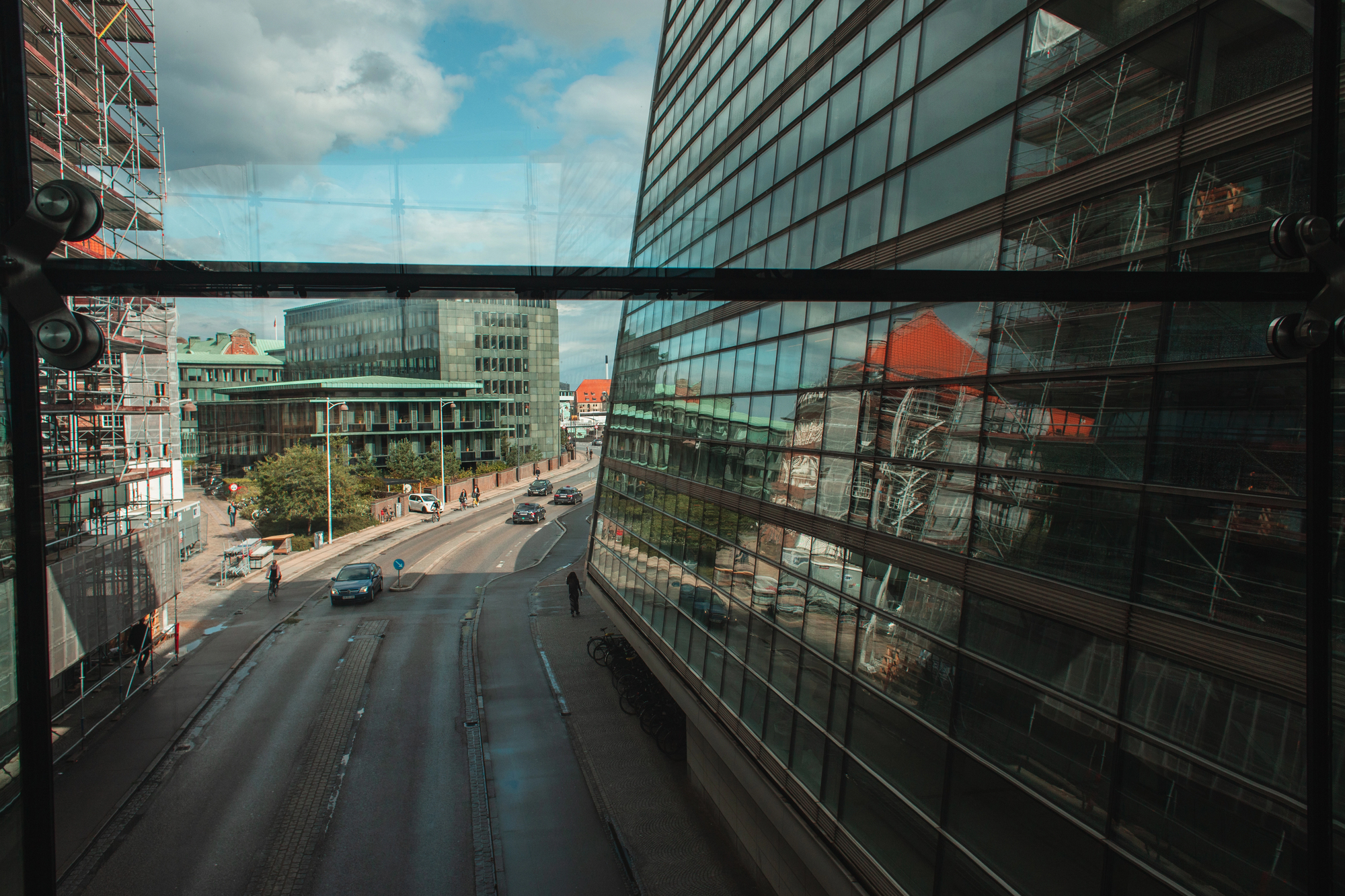
Scandinavian design sensibilities create a city where historic buildings and cutting-edge architecture exist in harmonious balance amid abundant green spaces and waterways. Bicycle infrastructure makes this Danish capital easily navigable for visitors willing to pedal like locals, while excellent public transportation accommodates those who prefer not to cycle.
The human scale of Copenhagen welcomes pedestrians, with harbor swimming in summer, cozy candlelit cafés in winter, and the whimsical Tivoli Gardens delighting visitors in all seasons.
Munich

Bavarian traditions thrive in this sophisticated German city, where beer gardens, historic churches, and world-class museums create a perfect cultural balance for first-time visitors. The walkable city center concentrates major sights around the main square Marienplatz, where the ornate New Town Hall’s glockenspiel delights onlookers several times daily.
Excellent public transportation connects central attractions with outlying sights like Nymphenburg Palace, while the English Garden offers one of Europe’s largest urban parks for relaxation between sightseeing.
Like Travel Pug’s content? Follow us on MSN.
Stockholm
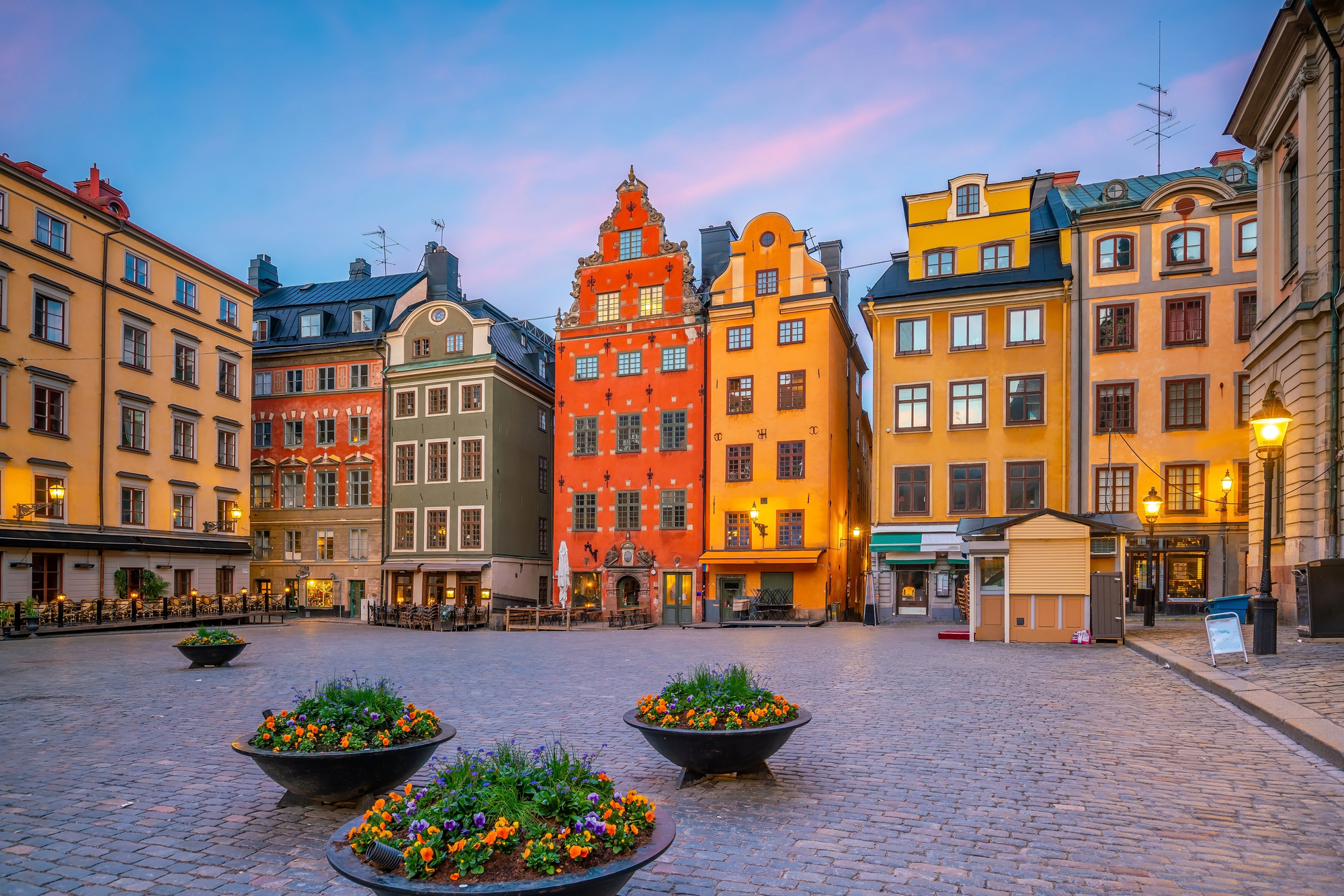
Built across 14 islands connected by 57 bridges, this Swedish capital combines medieval Gamla Stan with sophisticated modern districts in a uniquely maritime setting. The excellent metro system doubles as the world’s longest art gallery, with stations transformed by installations from different artists creating memorable transportation experiences.
Summer brings long daylight hours perfect for exploring the archipelago by ferry, while winter transforms the city into a cozy wonderland where candlelit cafés practice the Swedish concept of hygge.
Lisbon
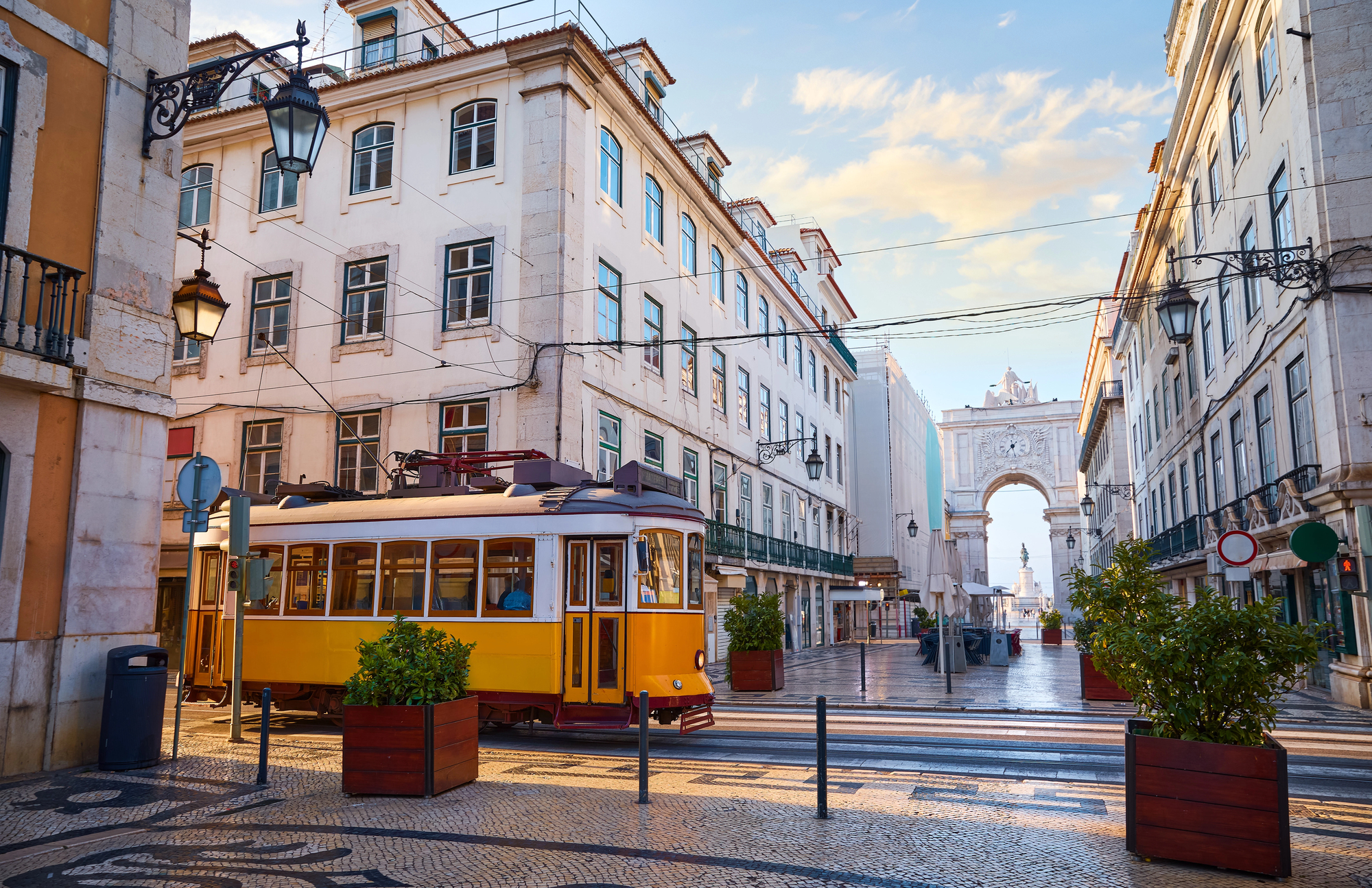
Hillside neighborhoods connected by vintage trams create a distinctive atmosphere in Portugal’s capital, where ceramic-tiled buildings catch the reflection of exceptional quality light. The compact historic districts of Alfama and Baixa reward explorers with miradouros (viewpoints) offering panoramic vistas across the city to the Tagus River.
Affordable prices relative to other Western European capitals make Lisbon particularly appealing to first-time visitors watching their budgets while enjoying exceptional seafood, pastries, and local wines.
Budapest

Twin cities unified across the Danube create Hungary’s capital, where thermal baths continue traditions established during Roman times and elaborated during Ottoman rule. The iconic Parliament Building and Castle District provide stunning landmarks easily viewed from river cruises that offer orientation to first-time visitors.
Ruin bars established in abandoned buildings showcase Hungarian creativity and provide atmospheric settings to experience local nightlife at reasonable prices compared to other European capitals.
Like Travel Pug’s content? Follow us on MSN.
Istanbul

Straddling two continents, Turkey’s largest city offers first-time visitors an introduction to both European and Asian cultures in one fascinating destination. Byzantine masterpieces like Hagia Sophia stand alongside Ottoman splendors, including Topkapi Palace and the Blue Mosque, creating an unparalleled architectural landscape spanning nearly two millennia.
The Grand Bazaar and Spice Market immerse visitors in sensory experiences that highlight Turkey’s position at the crossroads of civilizations throughout history.
Athens
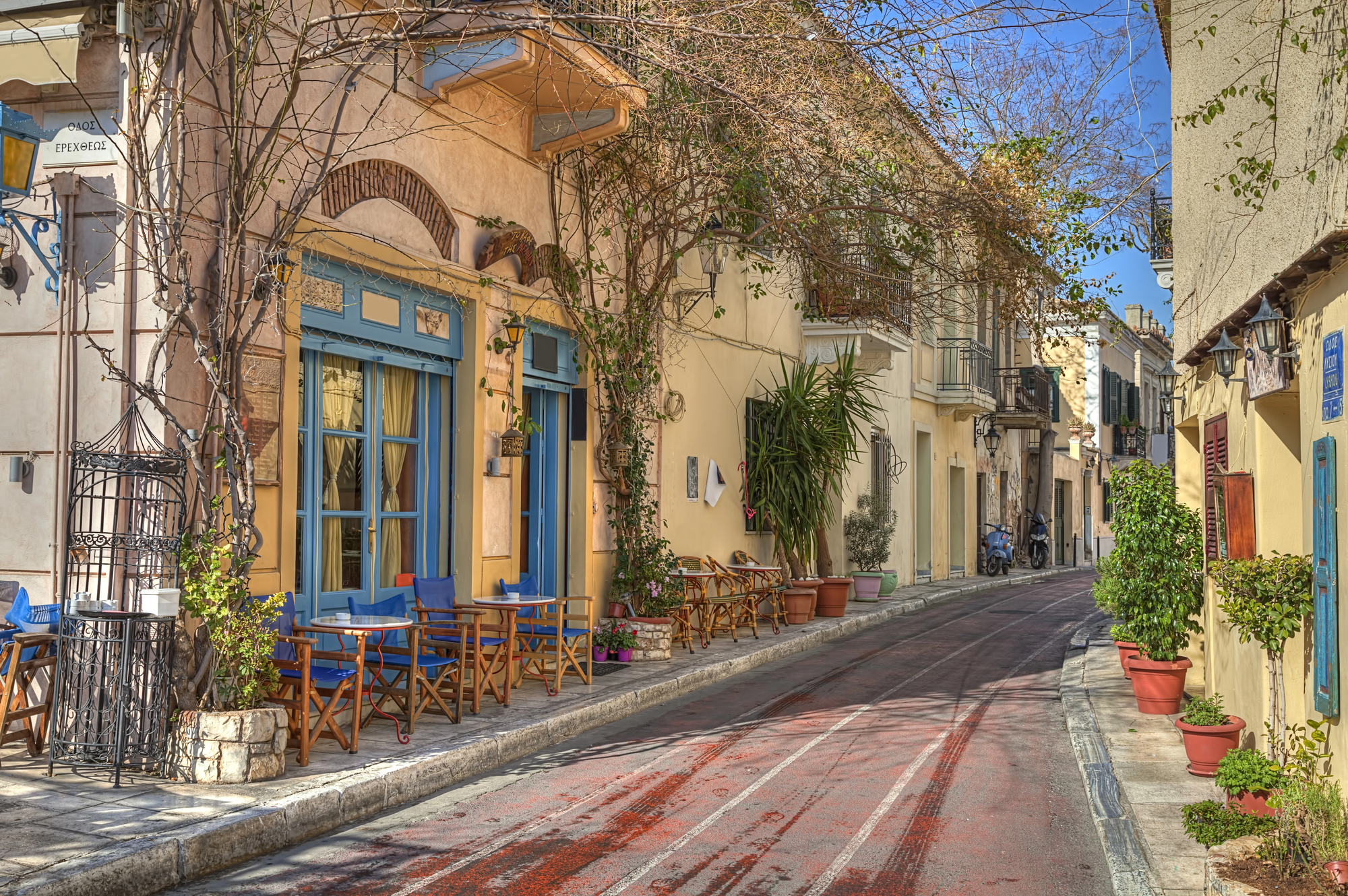
Ancient ruins form the ultimate urban bucket-list destination in Greece’s capital, where the Parthenon stands as the enduring symbol of Western civilization’s foundations. The pedestrianized archaeological promenade connects major ancient sites through the heart of the modern city, creating a time-travel experience between metro stops.
Affordable food, vibrant neighborhood culture in areas like Plaka and Monastiraki, and excellent connections to Greek islands make Athens a practical starting point for broader Mediterranean exploration.
Bruges
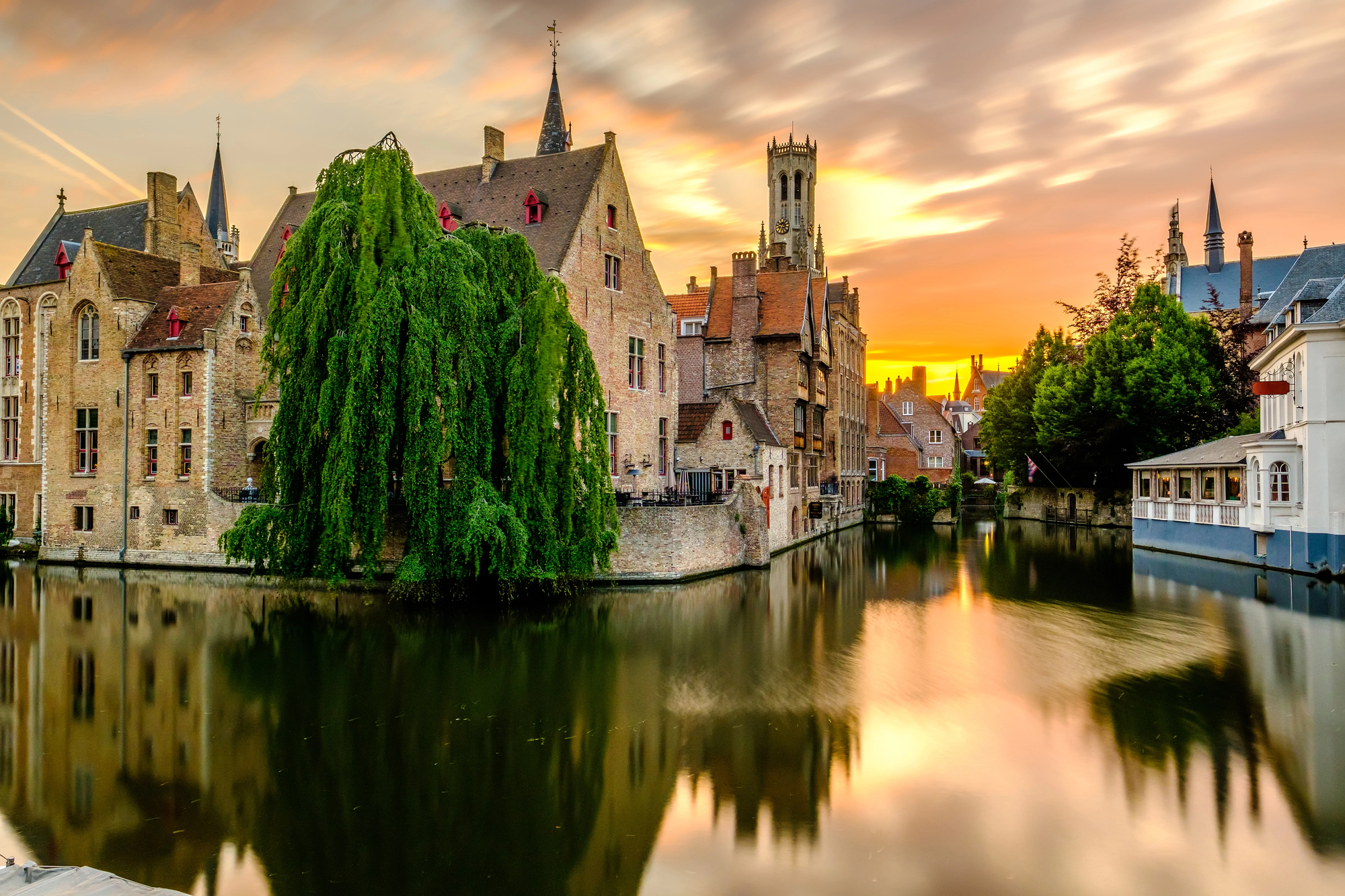
Medieval architecture remains remarkably preserved in this compact Belgian city, where canals reflect step-gabled buildings in a scene seemingly unchanged for centuries. The car-free historic center allows visitors to wander cobblestone streets without modern intrusions, discovering hidden courtyards and scenic bridges between chocolate shops and lace boutiques.
The Bell Tower provides orientation from its central position, while boat tours offer alternative perspectives of this UNESCO-protected cityscape, sometimes called the Venice of the North.
Like Travel Pug’s content? Follow us on MSN.
Continental Connections
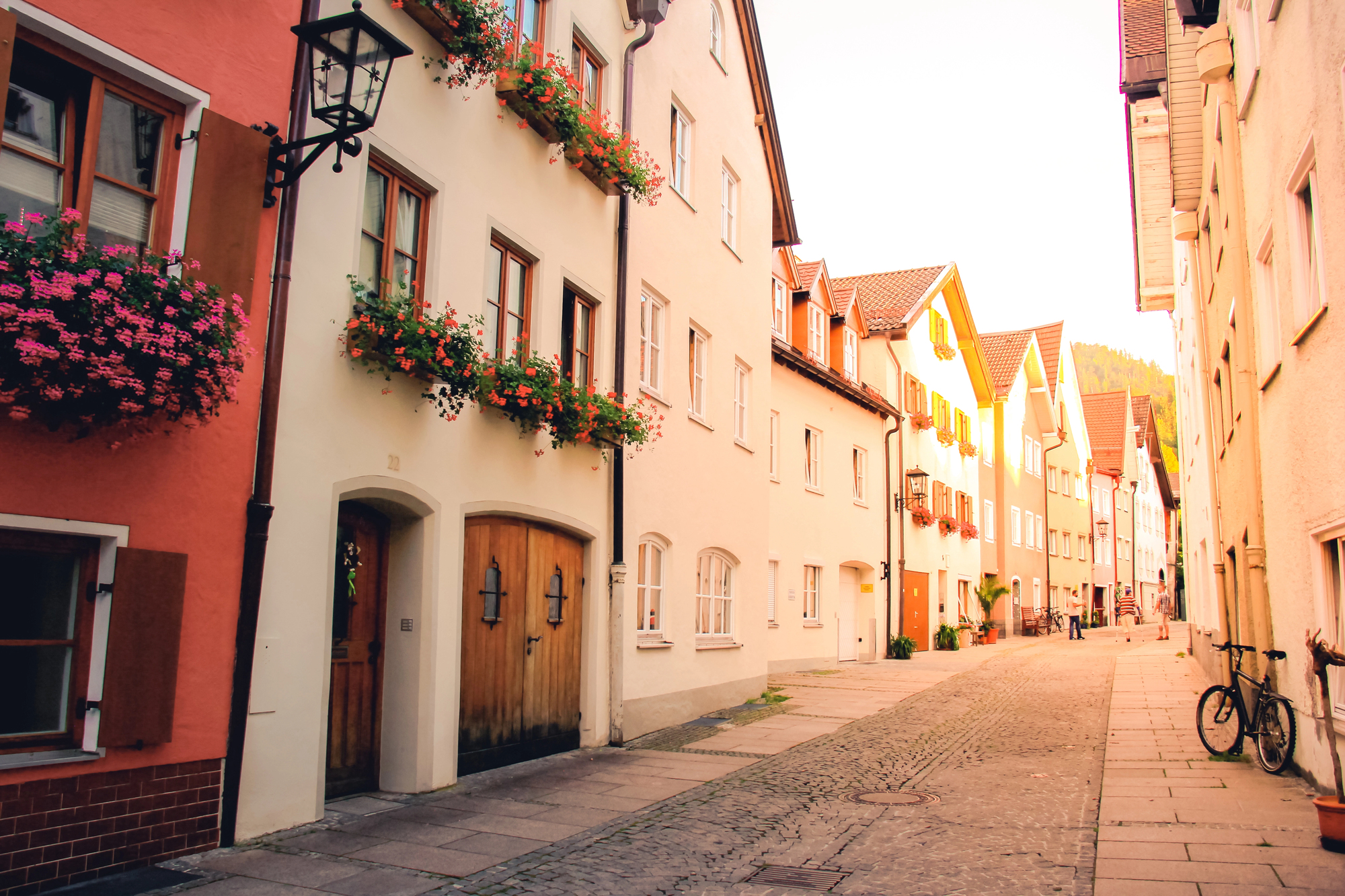
These gateway cities provide perfect entry points to European travel for first-time visitors, each offering distinctive experiences while sharing certain comforting commonalities. Tourist infrastructure in these destinations has evolved to welcome newcomers, with transportation systems designed for intuitive navigation and attraction signage typically available in English.
Many offer city cards that combine museum entries with public transportation, simplifying logistics for those unfamiliar with European urban systems. The true magic of a first European journey comes from those unexpected moments between scheduled sightseeing—stumbling upon local festivals, discovering neighborhood cafés, or watching the sunset from an unexpected viewpoint.
These 18 cities provide ideal settings for such discoveries, offering environments where getting slightly lost often leads to the most memorable experiences. Whether drawn to Mediterranean sunlight, Alpine architecture, Baltic design, or Atlantic coastlines, first-time visitors will find welcoming gateways to Europe’s remarkable diversity among these urban treasures.
More from Travel Pug

- Cities Growing so Fast You Won’t Recognize Them in 10 Years
- 13 Destinations Where Tourists Regularly Regret Their Trip
- 16 U.S. Cities That Are Quietly Becoming Travel Hotspots
- Where to Travel If You Love Long Bus Rides and Daydreams
- 20 Cities Perfect for Solo Travelers Who Crave Adventure & Culture
Like Travel Pug’s content? Follow us on MSN.
